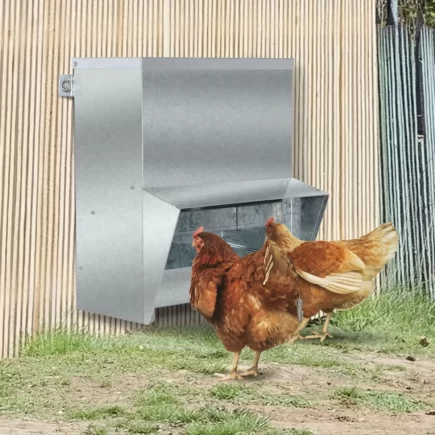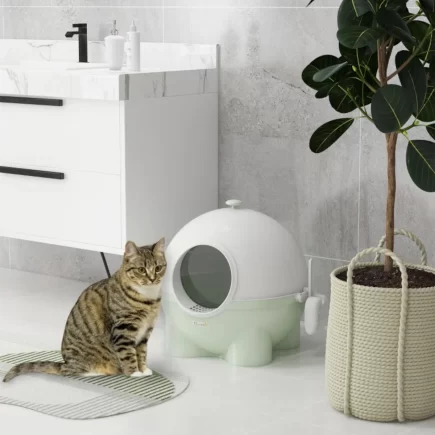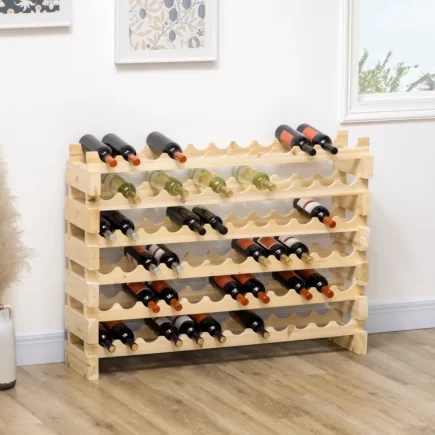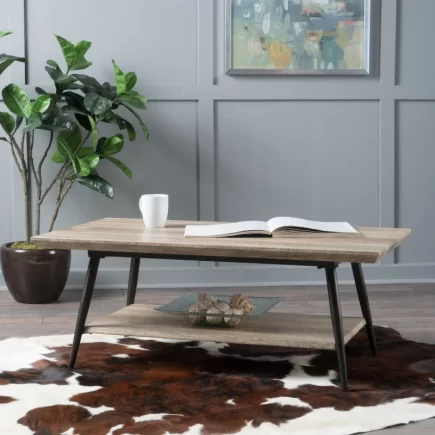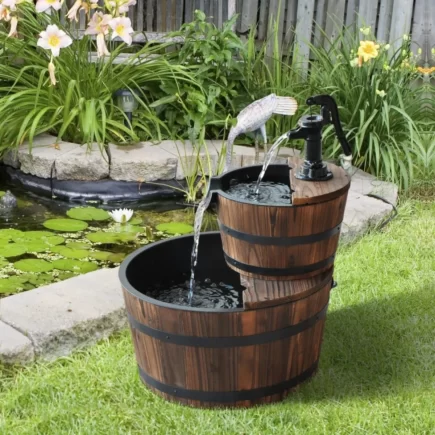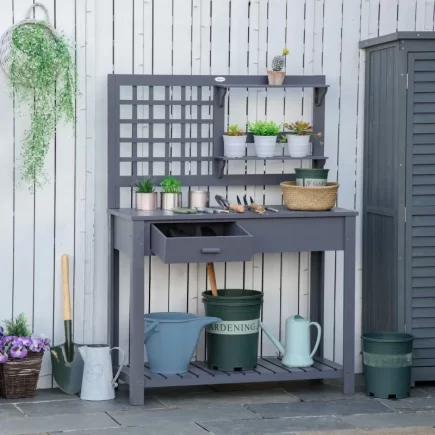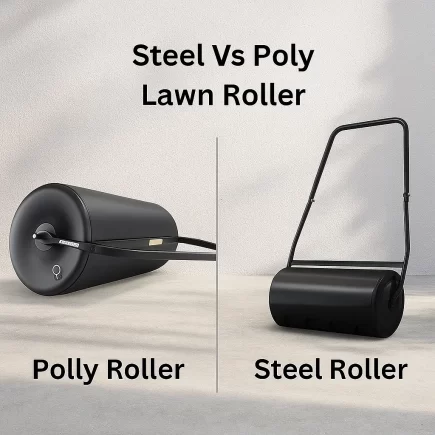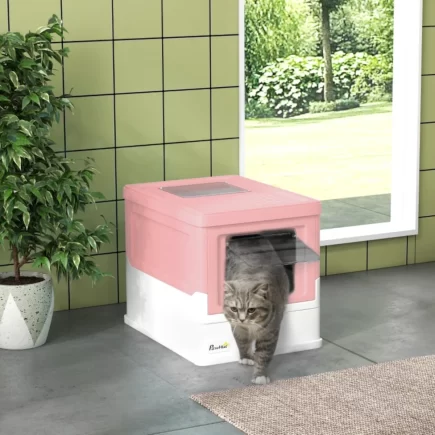A clean and organized pantry is more than just a visual improvement, it can make your daily life easier. When your pantry is tidy, cooking becomes more efficient, food waste is reduced, and you avoid pests and spoiled ingredients. It also helps you maximize space, whether you have a small cabinet or a large freestanding unit.

When neglected, pantries can quickly become cluttered with expired items, spills, and crumbs. The good news is, refreshing your pantry doesn’t need to be expensive or time-consuming. With the right steps, you can have a fully organized pantry in just a few hours.
Tools and Supplies You’ll Need
Having the right supplies ready makes the job easier and ensures you clean thoroughly without damaging surfaces or food items.
- Cleaning Tools: Microfiber cloths, vacuum with brush nozzle, soft duster
- Cleaning Solutions: Mild dish soap, all-purpose cleaner, disinfectant
- Organizational Tools: Clear storage bins, labels, masking tape or label maker
- Optional Add-ons: Shelf liners, small step stool, sticky roller
- Disposal Supplies: Trash bags, donation box, compost bag
Step 1: Empty Your Pantry Completely
Start fresh by taking everything out of your pantry. Lay the items out where you can inspect them, like on the kitchen counter or dining table. This gives you a clear view of everything you’ve been storing and provides an opportunity to clean every nook and cranny.

Why it’s Important: Emptying the pantry allows you to inspect all of the items and check expiration dates. This step also enables you to thoroughly clean every surface, including shelves, walls, and the floor.
Step 2: Vacuum and Dust All Surfaces
Once your pantry is empty, it’s time to clean all the surfaces. Start from the top and work your way down. Use a vacuum with a soft brush attachment to clean the corners, cracks, and edges of the shelves. Be sure to dust the pantry doors and frames, including the top of the unit if it’s freestanding.
Focus on These Areas:
- Back corners of shelves
- Beneath storage bins and baskets
- Shelf brackets or drawer rails

Cobwebs tend to gather in the upper corners of your pantry, so don’t forget to clean them thoroughly. By dusting and vacuuming first, you’re removing debris that could get in the way during the later steps.
Step 3: Wipe Down Shelves, Walls, and Floors
Next, it’s time to wipe down all the surfaces. Mix warm water with a few drops of mild dish soap in a bowl. Soak a microfiber cloth in the solution, wring it out, and use it to clean the shelves, walls, and floors of your pantry. Focus on sticky spots or stains, and let the cloth sit on these areas for 30-60 seconds to loosen any dried spills.

Key Tips:
- Rinse the cloth in clean water after each wipe to avoid spreading dirt around.
- Dry everything with a clean, dry cloth to prevent moisture buildup, which can lead to mold growth.
If your pantry has a freestanding buffet or is filled with heavy items, make sure to clean the floor and shelves beneath those items too. This ensures a thorough clean that extends to all hidden corners.
Step 4: Use Shelf Liners for Protection
After everything is cleaned, consider adding shelf liners. These liners create a protective barrier between your pantry shelves and your food containers. They help prevent spills from reaching the shelves, reduce crumbs and stains, and make cleaning much easier in the future.

Why Shelf Liners Are Helpful:
- They protect shelves from scratches and spills.
- They’re easy to wipe clean, saving you time on future pantry clean-ups.
- They provide a non-stick surface for items like oil bottles or sticky jars.
If you have an older pantry or one with slightly worn shelves, shelf liners are a great way to prevent further damage and keep everything looking fresh.
Step 5: Clean Your Containers and Jars
Before placing your food items back into the pantry, take a few moments to clean your containers and jars. Over time, these can accumulate dust, grease, or sticky residue, which could transfer onto your clean shelves.
How to Clean Pantry Items:
- Glass Jars: Wipe with a damp microfiber cloth and dry immediately to avoid water spots.
- Plastic Containers: Wash the exterior with warm water and dish soap to remove any residue.
- Metal Cans: Wipe them down with a disinfectant or a mild cleaner to remove dust or grime.
- Cardboard Boxes: Lightly dust them, but discard any that are torn or stained.
While you’re cleaning the containers, check the expiration dates of all the items. Toss anything that’s expired or no longer safe to use.
Step 6: Organize Your Pantry by Category
Now comes the fun part: organizing everything! Group similar items together to make it easier to find what you need. For example, store all canned goods in one area, dry grains like pasta and rice in another, and snacks or spices in separate sections.

Organizing Tips:
- Label your bins and containers for quick identification.
- Use clear storage bins so you can easily see what’s inside.
- Store frequently used items at eye level, and place less-used items higher up or in harder-to-reach spots.
- Consider using pull-out drawers or baskets for easier access to items stored at the back of shelves.
By organizing your pantry in this way, you’ll save time when cooking and make grocery shopping more efficient, as you’ll always know what you have on hand.
Maintaining a Tidy Pantry
A clean pantry can transform your kitchen experience. By following these simple steps, you can keep your Kitchen Pantry in tip-top shape all year round. Regularly cleaning your pantry not only enhances its functionality but also encourages healthier eating habits and reduces food waste. A pantry means cooking is more enjoyable, your ingredients are easier to find, and your kitchen feels fresher.
FAQs
1. What should I do if my pantry smells musty even after cleaning?
Try placing an open box of baking soda or a bowl of activated charcoal on a shelf to absorb lingering odours. If the smell persists, check for hidden moisture or mold.
2. Is it safe to use essential oils or scented liners in my pantry?
Avoid heavily scented products that might transfer to food. If you prefer fragrance, use mild natural deodorizers like lemon peel or lavender sachets kept in breathable bags away from open food.
3. Can I store cleaning products in my kitchen pantry?
It’s best to avoid storing chemical cleaners in the same space as food. Keep them in a separate cabinet to prevent leaks or fumes from contaminating edible items.

